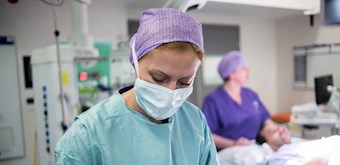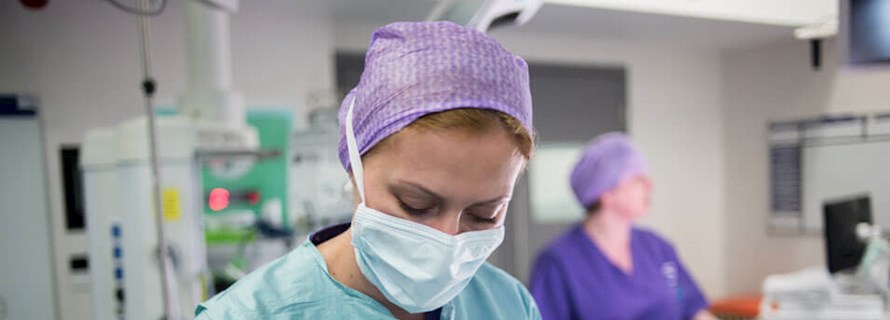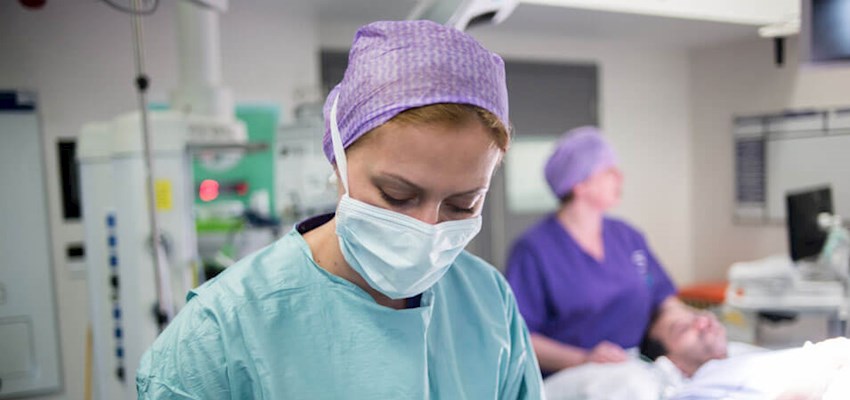Microdoductectomy
Surgery to treat nipple discharge
HCA UK experts talk you through microdoductectomy, or total duct excision, surgery that removes one or more milk ducts.
What is a microdoductectomy?
It’s commonly used to treat people experiencing nipple discharge, to help determine the cause of the discharge as well as those with fibrocystic (lumpy) breasts.
Need to know
-
What happens during treatment? icon plus
Imaging tests such as an X-ray or ultrasound may be used to determine if microdoductectomy is the best treatment.
The treatment lasts about 30 minutes under general anaesthetic, which means you’ll be asleep. A small incision is made around your areola and the affected ducts and tissue is removed and examined to determine the cause of the nipple discharge. Dissolvable stitches will be used to carefully stitch the cut together.
Usually, the cause is duct ectasia (widening of the milk ducts) or sometimes it is intraduct papilloma (a non-cancerous growth in the milk duct). In some people, early cancer cells are discovered, but this is quite rare. -
How to prepare icon plus
Before the operation you’ll have a few basic tests including blood pressure and a blood test, and your consultant will advise you about any medication that may be needed on the day of the operation.
Side-effects may include:- pain – you are likely to experience pain around the area that is operated on for a few days
- changes to the nipple – such as loss of sensation in the nipple or changes to the skin
- breastfeeding – this will become problematic if all of the milk ducts are removed
- bleeding and infection – these are both extremely rare, with less that 5% of women experiencing each of these side effects
-
After treatment icon plus
You’ll probably feel drowsy and nauseous when you wake up and you may have an oxygen mask over your face. If you are feeling uncomfortable, nurses will be on hand to offer help and pain relief.
You may need to stay in overnight, depending on how long it takes you to recover from the anaesthetic.
It’s a good idea to wear a bra straightaway to provide support. Avoid driving for at least 24 hours and don’t do any heavy lifting or strenuous activity for the first week. You may find it helps to take a few days off work while your recover.
Our breast care consultants




Our locations
From complex breast reconstruction surgery to breast screening and diagnostic procedures, we provide exceptional breast care across our network of hospitals, outpatient centres and specialist clinics.
Contact us about breast care appointments
Our helpline advisors can assist with enquiries about booking an appointment with a breast care specialist. They can also assist if you have a referral for a diagnostic scan.
Call us on
020 7079 4344